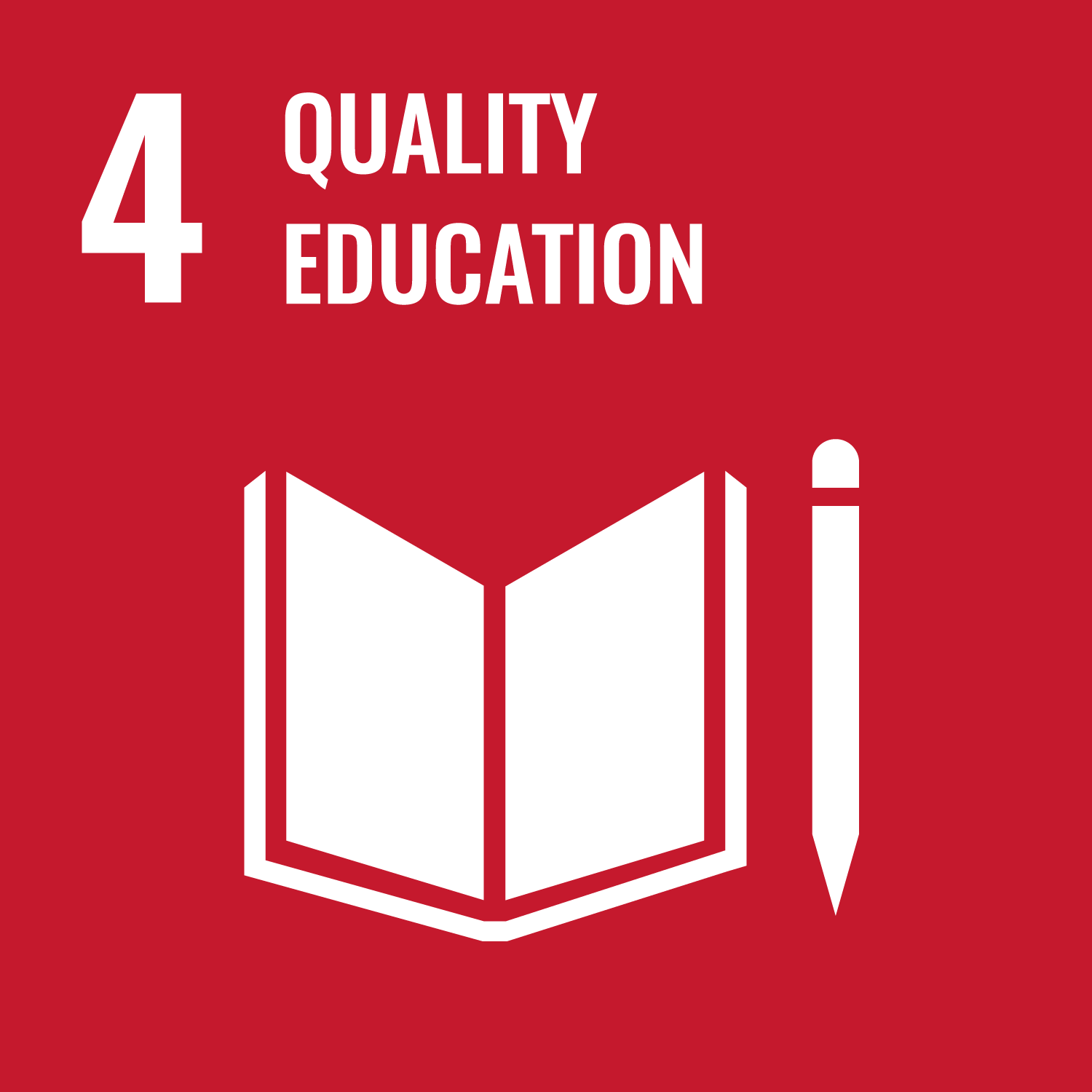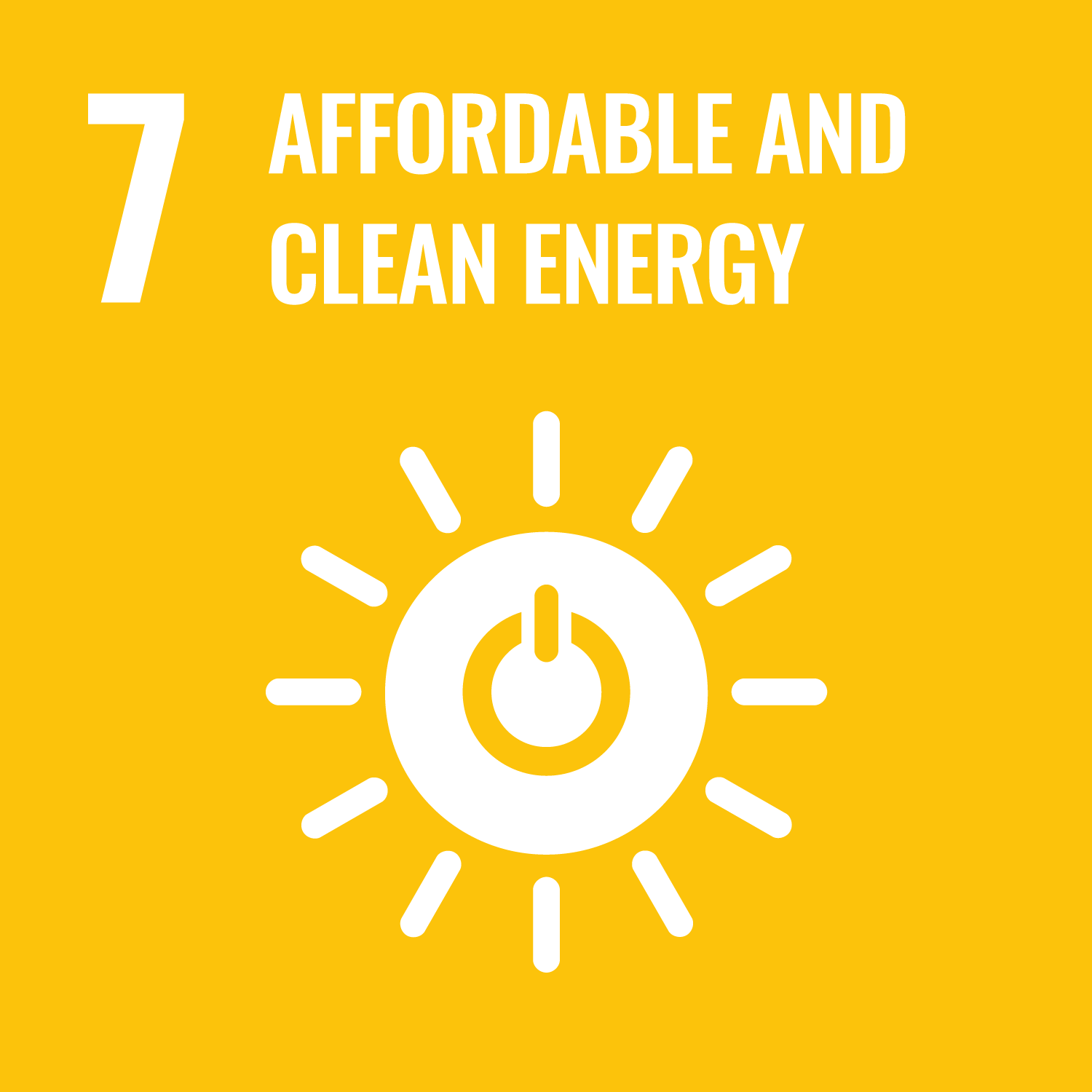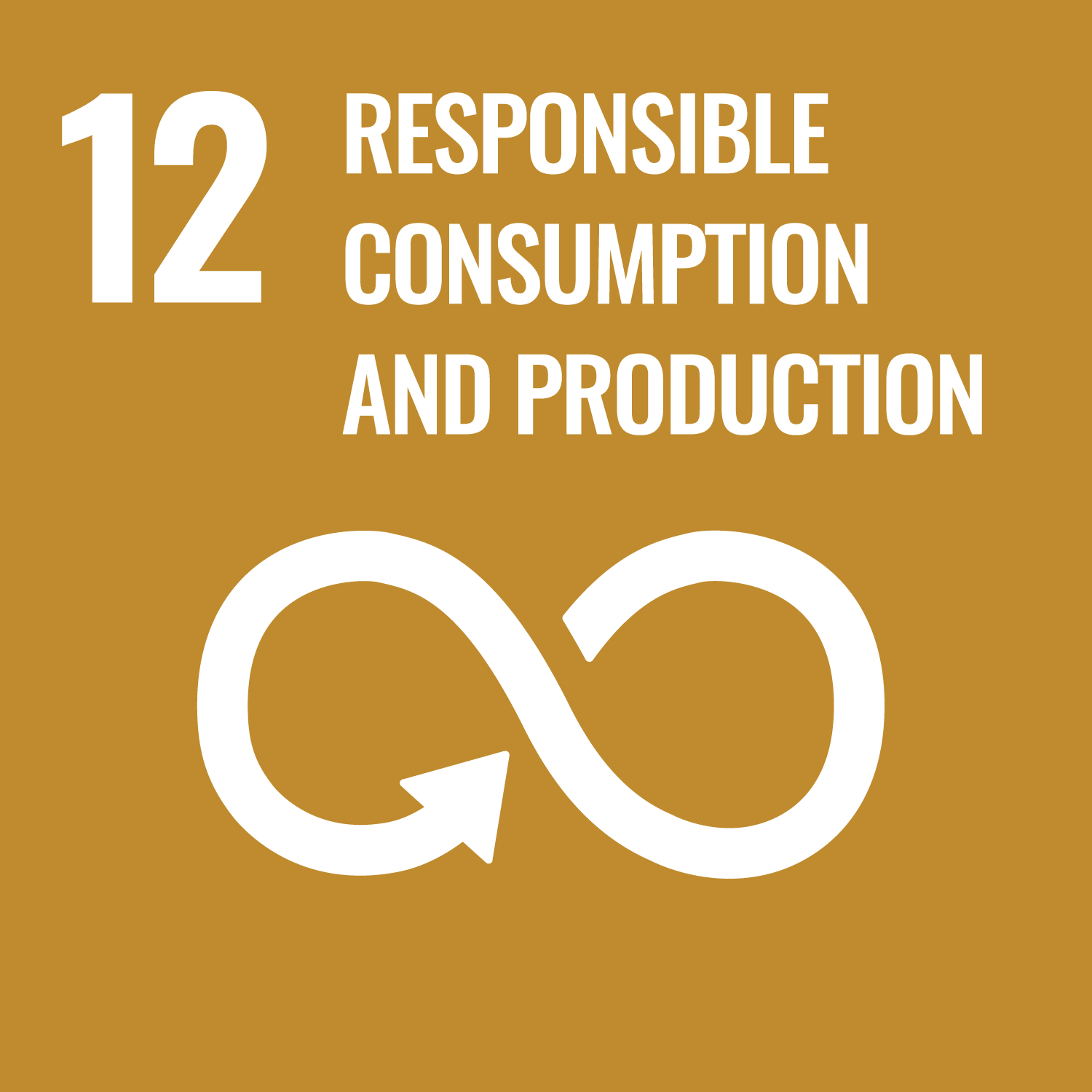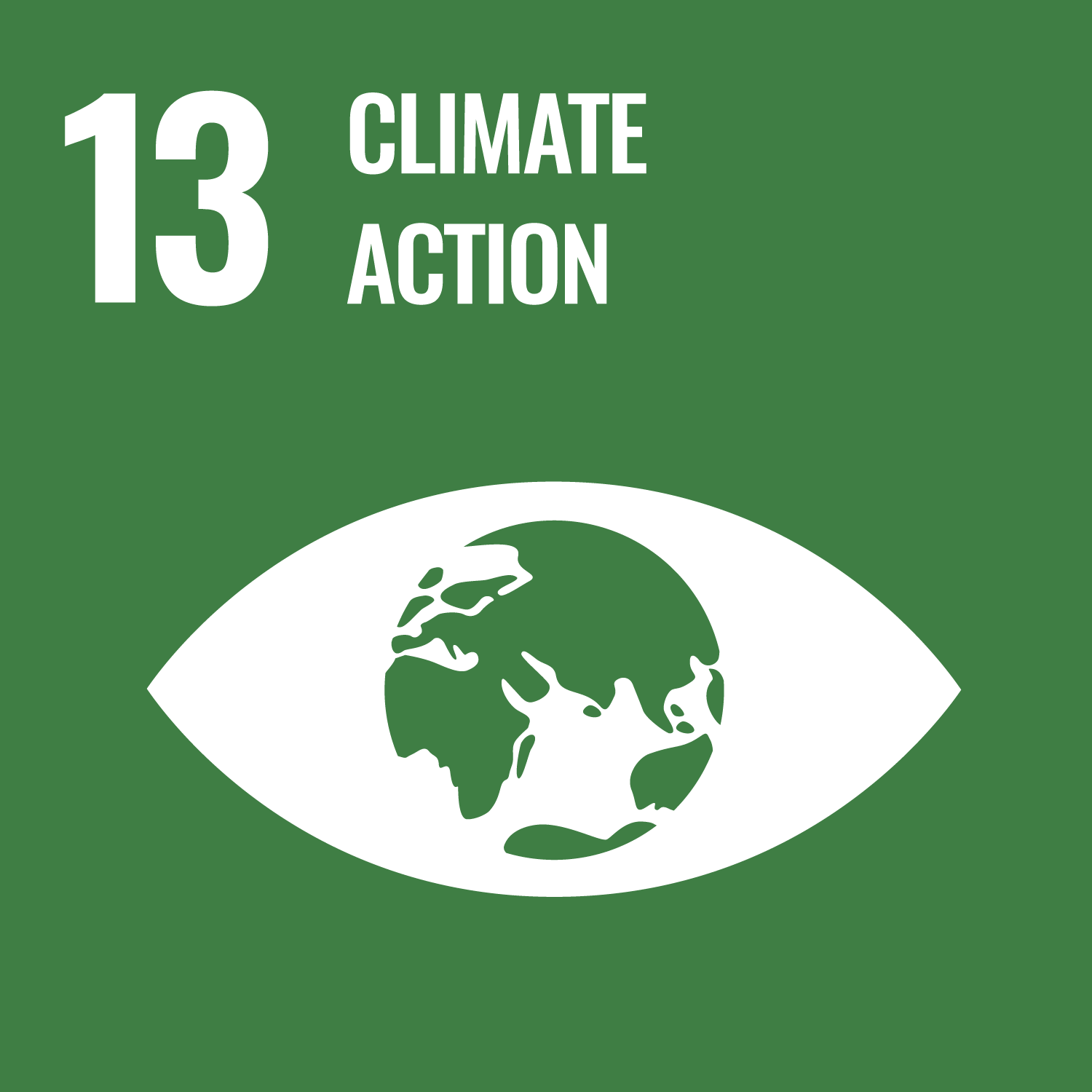Outline and purpose of this lecture
Lecture on the premise that the contents of thermodynamics 1, that is basic concept of thermodynamics, thermodynamics 0th law, thermodynamics 1st law, thermodynamics 2nd law etc are learned.
The contents are effective utilization of energy resource and "exergy", general thermodynamics relation, chemical reaction and combustion, gas cycles, vapor cycle, refrigeration cycle and air conditioning.
Course advise and recommendation
Students should fully understand thermodynamics 1. If you did not pass the thermodynamics 1 you should not register this class. You probably fail final examination.
Furthermore, the topics of this lecture contain and strongly relate to the engine system class which to be opened in the 3rd year student. To understand this lecture, students will take exercises at every lecture. The range of the exercises is the problem at the end of each chapter in the textbook.
Lecture on the premise that the contents of thermodynamics 1, that is basic concept of thermodynamics, thermodynamics 0th law, thermodynamics 1st law, thermodynamics 2nd law etc are learned.
The contents are effective utilization of energy resource and "exergy", general thermodynamics relation, chemical reaction and combustion, gas cycles, vapor cycle, refrigeration cycle and air conditioning.
Course advise and recommendation
Students should fully understand thermodynamics 1. If you did not pass the thermodynamics 1 you should not register this class. You probably fail final examination.
Furthermore, the topics of this lecture contain and strongly relate to the engine system class which to be opened in the 3rd year student. To understand this lecture, students will take exercises at every lecture. The range of the exercises is the problem at the end of each chapter in the textbook.
The purpose of the class are followings:
Understand the basic concept of thermodynamics, thermodynamics 0th law, thermodynamics 1st law, thermodynamics 2nd law etc.
Understand the heat engine cycle.
Understand the generation (combustion dynamics) of thermal energy.
Understand the concept of "exergy".
Understand the refrigerator cycle.
Understand the basic concept of thermodynamics, thermodynamics 0th law, thermodynamics 1st law, thermodynamics 2nd law etc.
Understand the heat engine cycle.
Understand the generation (combustion dynamics) of thermal energy.
Understand the concept of "exergy".
Understand the refrigerator cycle.
- Students can understand the first and second laws of thermodynamics and can explain the potential ability to generate work.
- Students can understand and explain the concept of potential ability to generate work.
- Students can explain the relationship between chemical reaction and thermodynamics and calculate adiabatic flame temperature.
- Students can explain the basic cycle of the heat engine and its characteristics.
- Students can understand the nature of steam and the Rankine cycle.
Students can understand the mechanism of the refrigerator and heat pump.
| midterm exam 1 | midterm exam 2 | Final exam | Total. | |
|---|---|---|---|---|
| 1. | 15% | 5% | 5% | 25% |
| 2. | 15% | 5% | 5% | 25% |
| 3. | 10% | 5% | 15% | |
| 4. | 10% | 10% | 20% | |
| 5. | 15% | 15% | ||
| Total. | 30% | 30% | 40% | - |
Evaluation methods
Midterm exam: 30% × 2
Final exam: 40%
Criteria
Students can understand Carnot cycle and Exergy.
Students can calculated adiabatic flame temperature.
Students can calculated the theoretical thermal efficiency of Otto cycle, Diesel cycle, Sabathe cycle and Brayton cycle.
Student can understand the property of steam.
Minimum requirement is 60 points.
The credit can be acquired (you can get 60 point or more) if the above 4 items are possible.
Midterm exam: 30% × 2
Final exam: 40%
Criteria
Students can understand Carnot cycle and Exergy.
Students can calculated adiabatic flame temperature.
Students can calculated the theoretical thermal efficiency of Otto cycle, Diesel cycle, Sabathe cycle and Brayton cycle.
Student can understand the property of steam.
Minimum requirement is 60 points.
The credit can be acquired (you can get 60 point or more) if the above 4 items are possible.
| Class schedule | HW assignments (Including preparation and review of the class.) | Amount of Time Required | |
|---|---|---|---|
| 1. | Summary of thermodynamics 1 and review (Introduction) I will explain the fundamentals of thermodynamics and will discuss why we need to know thermodynamics. The contents are mainly the following three points. 1. Basic concept of thermodynamics and the zeroth law of thermodynamics. 2. The first law of thermodynamics. 3. The second law of thermodynamics. |
Contents of thermodynamics 1 (Solving exercises in chapters 1 to 4 of textbooks). | 190minutes |
| 2. | Why important exergy concept? (Background of Exergy Analysis) I will explain "energy concept" which is important to understand the ability to generation work and maximum work. • The primary concepts of thermodynamics are energy and entropy. • Goal of today’s lecture is Why we need to know exergy analysis or exergy concept? What is the difference exergy and the 2nd law of thermodynamics? What is maximum work for? Exergy = Available energy Total energy = Exergy + Anergy Anergy cannot use for. |
Understanding the Carnot cycle. | 100minutes |
| Prep Chapter 5 (including example exercises). | 90minutes | ||
| 3. | Combustion How important to study combustion science? • Problems using hydrocarbon fuel • Combustion phenomena premixed flame and diffusion flame quenching distance and minimum ignition energy • Reaction mechanism overall reaction and elementally reaction • Calculate flame temperature |
Contents of the 3rd lecture + example exercise. | 90minutes |
| Solving exercises in Chapter 5. | 100minutes | ||
| 4. | Calculate theoretical flame temperature = adiabatic flame temperature • Overall reaction equation formula What kind of fuel and oxidizer are using? Fuel air ratio or air fuel ratio • Heat of reaction Use data base for standard enthalpy Total standard enthalpy of formation for reactant Total standard enthalpy of formation for product • Total mole of product • Mean specific heat of product Estimate flame temperature Use data base for specific heat for ex. CO2, H20, N2, etc. • Check the calculate flame temperature If not close, recalculate from mean specific heat of product. |
Solve exercises of chapter 6th | 100minutes |
| Read chapter 6th + solve examples 6.1 and 6.2. | 90minutes | ||
| 5. | Midterm exam 1 and comments. | Review the lesson 1 to 4 and prepare for midterm exam. | 190minutes |
| 6. | Heat engine and cycle Internal combustion engine and external combustion engine Theoretical thermal efficiency I will explain the gas cycle of piston engine such as Otto cycle, Diesel cycle, etc. based on the Carnot cycle in the second law of thermodynamics. Heat Engine and Piston Engine Cycle |
Prepare chapter 7th. | 100minutes |
| Solve examples 7.1 and 7.2. | 90minutes | ||
| 7. | Heat engine and cycle Internal combustion engine and external combustion engine Theoretical thermal efficiency I will explain the gas cycle of piston engine such as Otto cycle, Diesel cycle, etc. based on the Carnot cycle in the second law of thermodynamics. Heat Engine and Piston Engine Cycle |
Calculation of adiabatic flame temperature. | 190minutes |
| 8. | Special guest speaker by on demand. (safety engineering) Prof. I. Makino Shizuoka Institute of Science and Technology (SIST) Language Japanese + English subtitles |
Solve exercises of chapter 7th. | 190minutes |
| 9. | Gas cycle Heat engine and cycle Internal combustion engine and external combustion engine Theoretical thermal efficiency I will explain the gas cycle of piston engine such as Otto cycle, Diesel cycle, etc. based on the Carnot cycle in the second law of thermodynamics. Heat Engine and Piston Engine Cycle |
Read chapter 8th and understand the concept of heat engine described in chapter 4th (p. 46). | 190minutes |
| 10. | Midterm exam 2 and comments. | Solve exercises from chapters 5 to 7 more than twice. Recommend re-try the exercises distributed in the thermodynamics exercises, it is more effective to prepare the midterm exam. |
190minutes |
| 11. | Gas turbine engine cycle I will explain the cycle of gas turbine engines such as Brayton cycle and Ericsson cycle. |
Solve exercises of chapter 8th | 190minutes |
| 12. | Properties of Vapor I will explain the properties of steam which is important to understand Rankine cycle. Rankine cycle I will explain the Rankine cycle which is the basic cycle of the steam engine. |
Read Chapter 9th. | 90minutes |
| Solve exercises of chapter 9th | 100minutes | ||
| 13. | Review for thermodynamics • Exergy concept • Combustion and chemical reaction Overall reaction and adiabatic flame temperature • Gas cycle PV and TS diagrams Otto cycle Diesel cycle or Sabathe cycle Brayton cycle • Property of vapor Rankine cycle and Combined cycle • Refrigerator cycle COP |
Read chapter 10th. | 90minutes |
| Solve exercises of chapter 10th | 100minutes | ||
| 14. | Final exam and comments. | Solve exercises of chapters 5th to 10th more than twice. | 190minutes |
| Total. | - | - | 2660minutes |
| ways of feedback | specific contents about "Other" |
|---|---|
| Feedback in the class | 授業内および授業外で適宜フィードバックを行う |
JSME Text Series Thermodynamics Japan Society of Mechanical Engineers which is written in Japanese.
In this lecture, I will focus on chapters 5 to 10 as shown below.
Chapter 5 Effective Utilization of Energy and Exergy
Chapter 6 General Thermodynamic Relation
Chapter 7 Chemical Reaction and Combustion
Chapter 8 Gas Cycle
Chapter 9 vaper Cycle
Chapter 10 Refrigeration Cycle and Air Conditioning
In this lecture, I will focus on chapters 5 to 10 as shown below.
Chapter 5 Effective Utilization of Energy and Exergy
Chapter 6 General Thermodynamic Relation
Chapter 7 Chemical Reaction and Combustion
Chapter 8 Gas Cycle
Chapter 9 vaper Cycle
Chapter 10 Refrigeration Cycle and Air Conditioning
Students should be passed the thermodynamics 1 class.
Minimum requirement for English skills: TOEIC650, TOEFL iBT60, EIKEN Grade 2 CEFR B1.
Recommendation English skills: TOEIC820, TOEFL iBT80, IELTS6.5, EIKEN Grade Pre 1 CEFR B2 or more.
Be sure to bring a calculator for every lecture.
Whether or not to bring in calculators etc. in intermediate tests and final exams shall be indicated on the question sheet.
Programming calculator and computer not allowed in the exam.
Any questions, welcome!
Minimum requirement for English skills: TOEIC650, TOEFL iBT60, EIKEN Grade 2 CEFR B1.
Recommendation English skills: TOEIC820, TOEFL iBT80, IELTS6.5, EIKEN Grade Pre 1 CEFR B2 or more.
Be sure to bring a calculator for every lecture.
Whether or not to bring in calculators etc. in intermediate tests and final exams shall be indicated on the question sheet.
Programming calculator and computer not allowed in the exam.
Any questions, welcome!
- zoom meeting: 8:20~850 on Wednesday.
Appointment by e-mail recommend.
yahagi@sic.shibaura-it.ac.jp - Toyosu Campus: 9:00~12:00 on Monday.
Appointment by e-mail recommend.
yahagi@sic.shibaura-it.ac.jp
- Course that cultivates a basic self-management skills
- Course that cultivates an ability for utilizing knowledge
| Work experience | Work experience and relevance to the course content if applicable |
|---|---|
| N/A | N/A |





- 4.QUALITY EDUCATION
- 7.AFFORDABLE AND CLEAN ENERGY
- 9.INDUSTRY, INNOVATION AND INFRASTRUCTURE
- 12.RESPONSIBLE CONSUMPTION & PRODUCTION
- 13.CLIMATE ACTION
Last modified : Thu Sep 26 04:04:08 JST 2024

